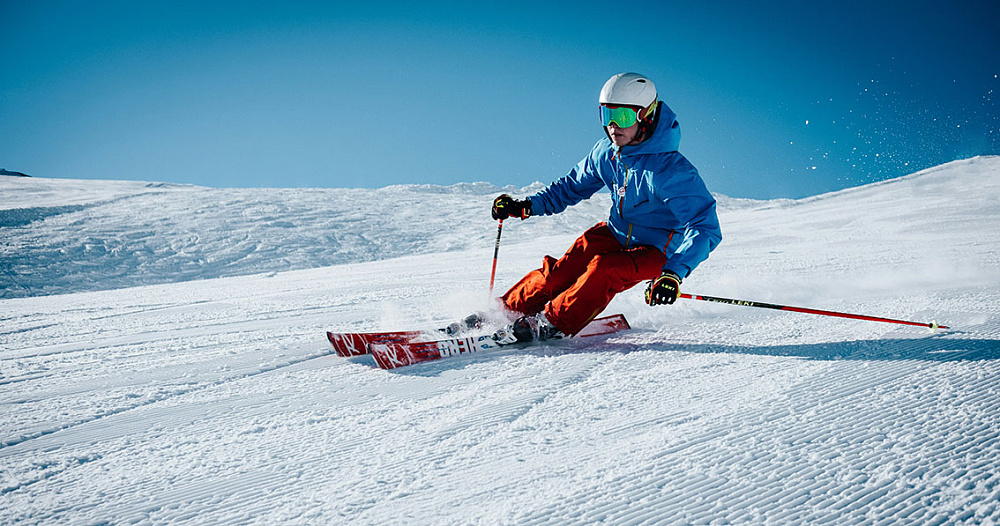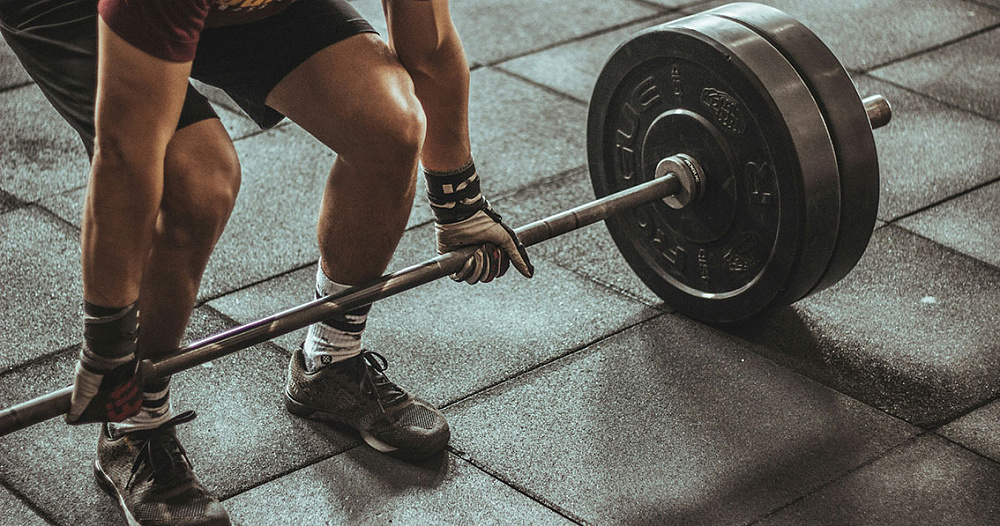The stability of the knee joint is ensured by its ligaments. They hold the tibia and femur so that the shin does not significantly shift relative to the thigh during physical activity. Knee ligament ruptures are among the most common injuries in sports. If the rupture is complete, then the stability of the joint worsens, and this situation can only be corrected surgically. In case of a partial rupture, conservative treatment tactics can be used.
Types of knee ligament injuries
The following ligaments can rupture in the knee joint:
- Anterior and posterior cruciate ligaments (ACL and PCL).
- Internal and external lateral (collateral).
Tears can be complete or partial. While the ACL and PCL are usually completely torn, collateral ligament injuries are more often partial. Therefore, the ACL and PCL have to be reconstructed surgically, while conservative treatment is mainly used for collateral ligament tears.
The most common injury is to the ACL. Along with a torn meniscus, this is one of the two most common knee injuries. During an injury, a person can damage both of these structures: the ACL and the meniscus, and it is also possible to combine this with a torn medial collateral ligament.
Symptoms
Universal symptoms of any knee injury: pain and swelling. These signs are non-specific. They are the same for different injuries, so they cannot serve as a basis for diagnosis. Fluid can accumulate in the knee, which smooths out the contours of the joint.
The doctor may discover additional symptoms when examining the patient, palpating tissues and performing functional tests:
- Damage to the collateral ligaments is characterized by pain upon palpation in the rupture area. An attempt to move the shin to the side opposite to the damage causes sharp pain.
- Ruptures of the ACL and PCL are manifested by excessive passive displacement of the tibia relative to the femur forward or backward compared to the healthy limb (anterior and posterior “drawer” symptoms).
To confirm and clarify the diagnosis, the doctor conducts diagnostics using medical imaging methods.
Causes
The main causes of ACL and collateral ligament ruptures are sports-related stress. They are often damaged in team sports.
Ruptures of the PCL are much less common and are often combined with other knee injuries. More than half of all cases are related to road accidents. Much less often, a rupture of the PCL occurs as a result of a sports or domestic injury.

Diagnostics
The most effective diagnostic method is MRI. The technique allows determining which ligaments are damaged, whether it is a complete or partial rupture, and which other knee structures are injured. Based on the MRI results, key clinical decisions are made, such as whether a person needs an operation to restore the ligament or whether conservative tactics can be used.
Treatment of knee ligament damage
Treatment for a partial rupture can only be conservative, while a complete rupture usually requires surgical intervention. If surgery is not performed, the pain will go away over time, but the stability of the knee will deteriorate. There is a feeling of instability when walking, complaints of the knee “flying out”. Over time, osteoarthritis may develop – irreversible destruction of cartilage and bone tissue in the knee joint.
To avoid complications, it is better to see an orthopedic doctor in a timely manner and undergo treatment. If the moment for timely treatment is missed, this does not mean that effective treatment is impossible. Reconstruction of a torn ligament can be performed even with an old injury.
Conservative treatment
Surgery may be avoided in cases of 1-2 degree collateral ligament rupture (partial rupture), but this approach is rarely used in cases of ACL rupture. The main methods of conservative treatment are:
- immobilization, usually for no more than 2 weeks;
- cold to the site of injury for the first few days;
- nonsteroidal anti-inflammatory drugs;
- massage;
- physiotherapy;
- physiotherapy.
Suturing the ligament
The technique is used only for ruptures of collateral ligaments, if no more than 7 days have passed since the injury. This approach is usually not used for ACL and PCL injuries.
A ligament whose structure is preserved can be sutured. If there are signs of fraying, the ligament is reinforced with other anatomical structures, such as the tendon of the semitendinosus muscle. If the lateral ligament is torn from the bone, suture anchors or fixation with staples are used to attach it.
Ligament reconstruction
If more than 10 days have passed since the injury, suturing of the collateral ligament is impossible. In this case, plastic surgery is performed: single-bundle or double-bundle, anatomical or non-anatomical. It can be performed with the patient’s own tissues, donor preserved tissues or synthetic materials such as lavsan tape (lavsanoplasty).
Ligament reconstruction essentially means that instead of the old torn ligament, the doctor will create a new one from other tissues. The standard treatment option is autoplasty, for which the anterior, posterior tibial tendon or Achilles tendon is used. In patients who are less demanding of the functional result and are not going to play sports after surgery, lavsan tape can be used for plastic surgery to avoid injury to the donor site.
In case of anterior cruciate ligament rupture, the main treatment option is considered to be reconstruction, while ligament suturing is not practiced even in the acute period of injury. Autoplastics are most often used. The material for ligament reconstruction is the patient’s own patellar ligament with a bone block or the tendons of the flexors of the lower leg, which are fixed in bone tunnels. For repeated plastics, it is possible to use the tendon of the quadriceps femoris.
Rupture of the PCL is rare, and this injury is usually not isolated, but combined. In case of a complete rupture, plastic surgery with one’s own tissues is required: single-bundle, double-bundle or inlay. The essence of this operation is the same as in the reconstruction of other ligaments: material is taken from the donor site and installed in the knee, fixing it in bone tunnels or fixing the ligament together with the bone block with screws. Operations for rupture of the PCL are highly effective, maintaining knee stability in more than 90% of patients for 10 years after the intervention.

Prevention
To prevent knee injuries in sports, you should choose the right shoes, avoid running on slippery surfaces, correlate your capabilities with the level of loads, use the services of professional trainers, and avoid training in a state of overfatigue. Unfortunately, even if all these measures are followed, no one is immune from injuries. If you have injured your knee, contact Dr.Waqas Javed’s Clinic for help.
Rehabilitation after knee ligament injuries
After any knee ligament reconstruction surgery, a lot of time must pass before the reconstructed ligaments fuse with the bone and are securely fixed in the knee joint, ensuring its stability. On average, the recovery period before returning to normal life without restrictions is 6 months, and you can return to professional sports and competitive loads in 9-12 months.
It is important to undergo rehabilitation in order to:
- recover from surgery faster;
- reduce the risk of complications;
- achieve the best final result in restoring the function of the knee and the entire limb;
- reduce the risk of re-rupture of the ligament.
In the first weeks after surgery, physiotherapy, massage, symptomatic drug therapy and minimal physical activity, mainly limited to isometric exercises, are used. In most phases of rehabilitation, except for the early one, the basis of recovery is therapeutic exercise.
In the first days, postoperative hemarthrosis may develop. In this case, a joint puncture is performed to evacuate the bloody fluid. After 3-5 days, if blood does not accumulate in the joint cavity, you can begin massaging the operated limb, but not in the knee area. After 10 days, the stitches are removed and the bandage is changed to another one, which limits mobility to a lesser extent and allows the patient to begin more active physical rehabilitation, expanding the range of possible exercises.
Four weeks after the operation, the patient can walk without crutches. From this time on, the intensity of the loads gradually increases, and therapeutic exercise becomes the main means of rehabilitation until its completion. After 10 weeks, the full range of motion in the joint is restored. After 4 months, the patient can run. After 6 months, the training phase of recovery begins, and by this time most patients no longer feel pain, can perform any movements and consider themselves healthy. Further rehabilitation is aimed at restoring the strength and volume of the muscles of the operated limb to the level that was before the operation, as well as restoring sports skills, increasing the patient’s endurance.
If you have damaged any knee ligaments, contact Dr. Waqas Javed’s Clinic in Lahore. We perform minimally invasive arthroscopic ligament reconstruction surgeries and provide full patient rehabilitation.






